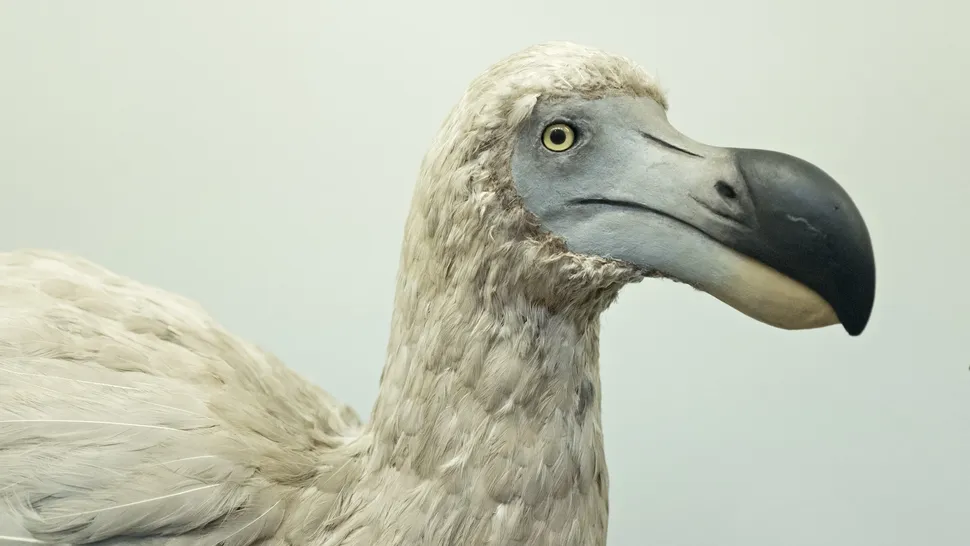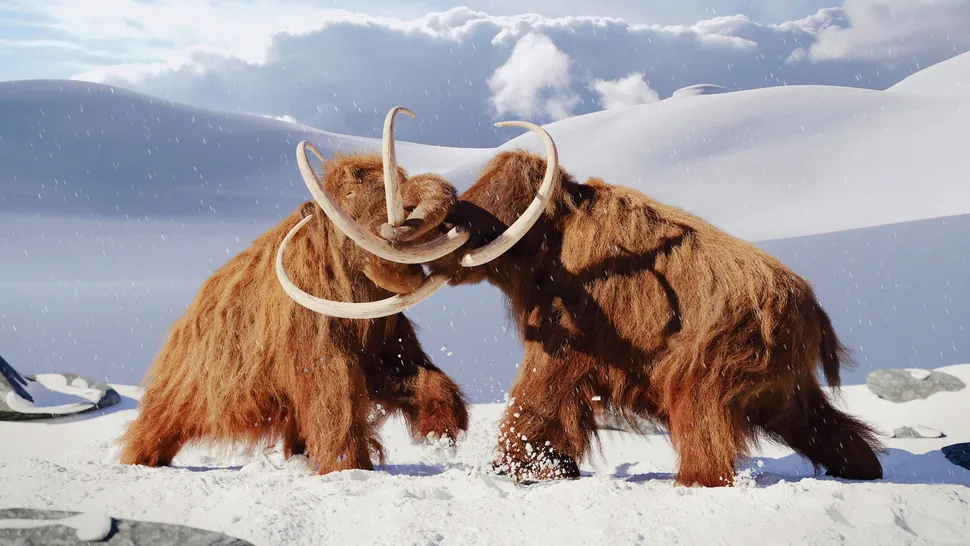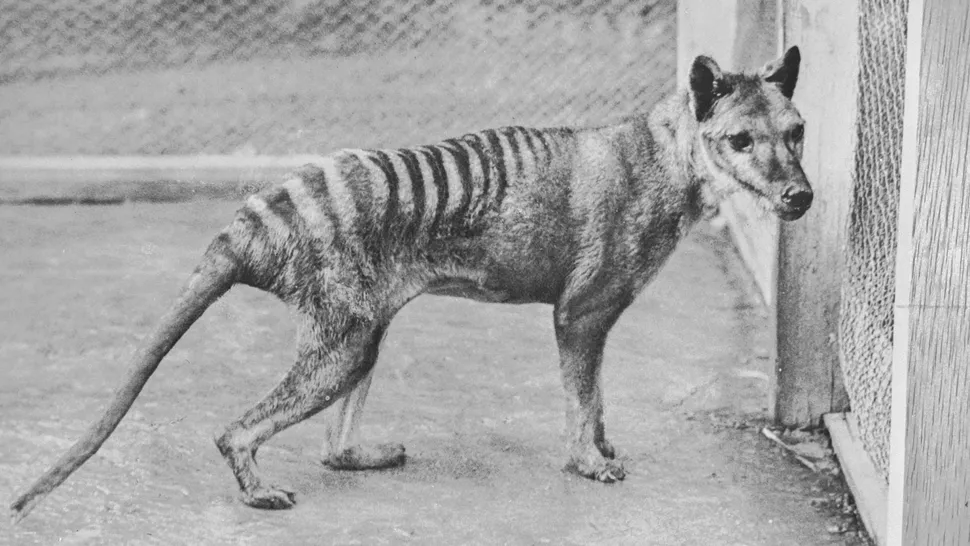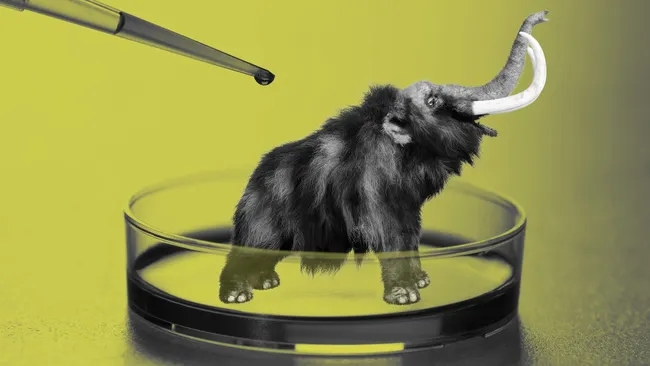Scientists are getting very close to bringing a few iconic species, like woolly mammoths and dodos, back from extinction. That may not be a good thing.
In 2003, scientists achieved a brief and remarkable feat: for about seven minutes, they reversed extinction. This historic event involved the Pyrenean ibex (Capra pyrenaica pyrenaica), a subspecies that had vanished with the death of its last known member, a female named Celia, three years earlier.
Before Celia’s death, scientists had extracted DNA from her ear tissue and injected this genetic material into an egg cell from a domesticated goat, which had its nucleus removed. The resulting clone, which represented the first and only extinct species to be revived at that time, unfortunately succumbed shortly after birth due to a lung defect.
Despite the failure to produce a viable animal, the field of “de-extinction” has made significant strides over the past two decades. Today, technological advancements have reduced the hurdles associated with reviving recently extinct species, and we now have the capability to reconstruct functional genomes from available DNA samples. The debate has shifted from whether we can resurrect lost species to whether we should.
Some companies are forging ahead with ambitious de-extinction projects. For example, Colossal Biosciences, a biotechnology firm based in Texas, is working to bring back three iconic extinct species: the dodo (Raphus cucullatus), the Tasmanian tiger (Thylacinus cynocephalus), and the woolly mammoth (Mammuthus primigenius). According to Colossal’s mission, these efforts aim to “enrich biodiversity, replenish vital ecological roles, and bolster ecosystem resilience.”
However, experts caution against the potential risks. Oswald Schmitz, a professor of population and community ecology at Yale University, expressed concern about human overconfidence in controlling technology. “We have this hubris as humans that we can control our technology,” Schmitz told Live Science. He remains skeptical about the benefits of reviving species that have been extinct for centuries or millennia, arguing that efforts might be better focused on preserving existing species.
In Schmitz’s view, the past cannot be undone, and the emphasis should remain on protecting the wildlife that still exists.

Recent advances have brought scientists “closer than people think” to reviving long-extinct species, according to Ben Lamm, co-founder and CEO of Colossal Biosciences. The company is targeting the production of its first woolly mammoth-like calves by 2028 and suggests that other species could be revived even sooner, Lamm told Live Science.
Woolly mammoths roamed the Arctic from approximately 300,000 to 10,000 years ago. To create these calves, Colossal’s team plans to identify genes responsible for key mammoth traits—such as shaggy fur, curved tusks, fat reserves, and a dome-shaped skull—and introduce these genes into the genome of Asian elephants (Elephas maximus), their closest living relatives.
The concept of “de-extinction” can vary significantly, as explained by Love Dalén, a paleogeneticist and professor of evolutionary genomics at Stockholm University, who is also on Colossal’s advisory board. One form of de-extinction involves creating a hybrid species with physical traits resembling the extinct one by incorporating a select few key genes, provided there is available DNA from the extinct species. However, creating a genetically identical animal to the extinct species is more challenging and depends on the quality and recency of available DNA samples. For recently extinct species with high-quality DNA, such as Celia the Pyrenean ibex, this is feasible. In contrast, for species like the mammoth, which have more fragmented DNA, the process is significantly more complex.
While the idea of reviving dinosaurs remains largely in the realm of science fiction—often referred to as the “Jurassic Park” scenario—current de-extinction efforts focus on species with more accessible genetic material.

Dalén and his team have made significant strides in sequencing the woolly mammoth genome, although some challenging regions, like repetitive DNA sequences, remain incomplete. Colossal Biosciences has gathered over 60 partial mammoth genomes, which they plan to use to edit the genomes of Asian elephants (Elephas maximus) in their lab. Once a viable DNA sequence is identified, they intend to implant a hybrid elephant-mammoth embryo into a surrogate elephant, either Asian or African (Loxodonta).
In addition to the mammoth, Colossal is working on resurrecting the dodo (Raphus cucullatus) and the thylacine (Thylacinus cynocephalus). For the dodo, they have nearly completed the genome and plan to implant the genetic material into domesticated chickens (Gallus domesticus). For the thylacine, which went extinct more recently, they have better genetic data and will use mouse-like marsupials called fat-tailed dunnarts (Sminthopsis crassicaudata) as surrogates.
The overarching goal of these de-extinction projects is to restore ecological functions that have been lost since the species disappeared. Ronald Goderie, an ecologist and director of the Taurus Foundation, which is working to revive the extinct aurochs (Bos primigenius) through back-breeding, emphasizes this point. The aurochs, wild ancestors of domestic cattle, played a crucial role in maintaining biodiversity through their grazing and soil-trampling activities. Although humans hunted them to extinction in 1627, their DNA persists in ancient cattle breeds. By selectively breeding these cattle to resemble aurochs, Goderie’s team is making significant progress.
Woolly mammoths, which once maintained Arctic grasslands during the Pleistocene epoch, helped suppress tree and shrub growth and dispersed nutrients through their dung. Without these megaherbivores, the “mammoth steppe” has transformed into a mossy tundra with less carbon storage and increased susceptibility to permafrost thaw. Some scientists suggest that reintroducing megaherbivores like the mammoth could help restore the Arctic ecosystem and mitigate climate change by boosting carbon storage.
The dodo, once a key species in Mauritius, likely played a role in seed dispersal and vegetation growth. Colossal’s efforts to reintroduce the dodo include removing invasive species from Mauritius to create a suitable environment for the birds. This initiative is expected to have a positive “halo effect” on other species, in collaboration with the Mauritian Wildlife Foundation and potentially the Mauritian government.
The thylacine, or Tasmanian tiger, was the apex predator of Tasmania and played a crucial role in balancing predator-prey relationships. The University of Melbourne’s TIGRR Lab is also working on de-extinction efforts for the thylacine, aiming to restore its ecological role.

Scaling up the reintroduction of de-extinct species presents formidable challenges, according to Ronald Goderie. For woolly mammoths to effectively fulfill their ecological roles, such as enhancing the albedo effect—where snow reflects sunlight back into space to cool the Earth—they would need to be reintroduced across the entire Arctic, not just in isolated areas like Alaska. Estimates suggest that up to 48,000 mammoths could be supported on Alaska’s North Slope alone. However, to make a significant impact, hundreds of thousands of mammoths would be required, which poses risks to existing endangered species.
Asian and African elephants, the surrogates planned for the mammoth project, are themselves endangered. Using them to gestate mammoth embryos could reduce their populations further. Alternative methods, like artificial wombs, are still in development and may face significant ethical and logistical issues.
De-extinction also risks unintended consequences. With a limited DNA pool, reintroduced species might suffer from health problems due to a lack of genetic diversity, which is crucial for disease resistance and overall viability. The impact of reintroducing large populations could also lead to unforeseen ecological disruptions. For instance, reintroducing mammoths could potentially harm existing ecosystems if their presence leads to negative interactions or altered dynamics.
Additionally, reintroducing megafauna could spark conflicts between humans and wildlife, similar to what has occurred with elephant reintroductions in Africa, where human-elephant conflicts have resulted in fatalities. Effective management and education programs would be essential to mitigate such risks.
Ecological challenges aside, there’s also a question of feasibility and ethics. The possibility that megaherbivores like mammoths could inadvertently contribute to global warming by disturbing permafrost or emitting methane has been raised. Moreover, the logistical and ethical concerns surrounding such large-scale projects are significant. Critics argue that these de-extinction efforts might be driven more by technological ambition than by genuine ecological need.
Sophie Monsarrat of Rewilding Europe emphasizes that large-scale reintroductions must be carefully planned to avoid conflicts and ecological harm. The experience with reintroduced brown bears in the Italian Alps, where the bears’ aggression led to issues with local livestock and people, highlights the importance of thorough research and planning before such projects are undertaken.
Ultimately, the debate continues on whether the potential benefits of de-extinction justify the risks and costs involved. The success of such ambitious projects will depend on addressing these challenges comprehensively.

The debate over de-extinction is intensifying as scientists and conservationists weigh the potential benefits against the significant costs and ethical concerns. While Colossal Biosciences and similar ventures have secured substantial funding—$225 million in Colossal’s case—their critics argue that this money might be more effectively used to support existing conservation efforts.
Proponents of De-Extinction:
Proponents like Colossal Biosciences believe that de-extinction technologies could provide valuable insights and benefits for broader conservation efforts. They argue that the innovations developed could aid in preserving closely related species and help address ecological challenges. Additionally, the company asserts that their work, while focused on specific de-extinction projects, also funds global conservation and genetic research.
Critics of De-Extinction:
Critics, however, contend that the money could be better spent on preserving species that are currently facing extinction. For instance, $225 million could potentially save about 100 species that are on the brink of disappearing, according to Oswald Schmitz. They argue that de-extinction targets often include species with living relatives or equivalents, such as the thylacine and the dingo, which might not justify the investment when similar ecological roles are being filled by existing species.
Adam Searle and others question the practical benefits of de-extinction, suggesting that it might be more of a high-profile project for wealthy investors than a viable solution to the ecological crisis. The concern is that the resources dedicated to reviving extinct species might not address the more pressing needs of current species and ecosystems.
Economic and Ethical Considerations:
De-extinction efforts could lead to significant financial gains for companies if successful, but the broader impact on conservation remains uncertain. There are concerns about the ecological risks of reintroducing species into environments that have evolved in their absence and the potential for unintended consequences.
Ultimately, while de-extinction presents an exciting technological frontier, the debate highlights the need for a balanced approach to conservation that prioritizes both cutting-edge research and immediate, practical efforts to protect existing biodiversity.
